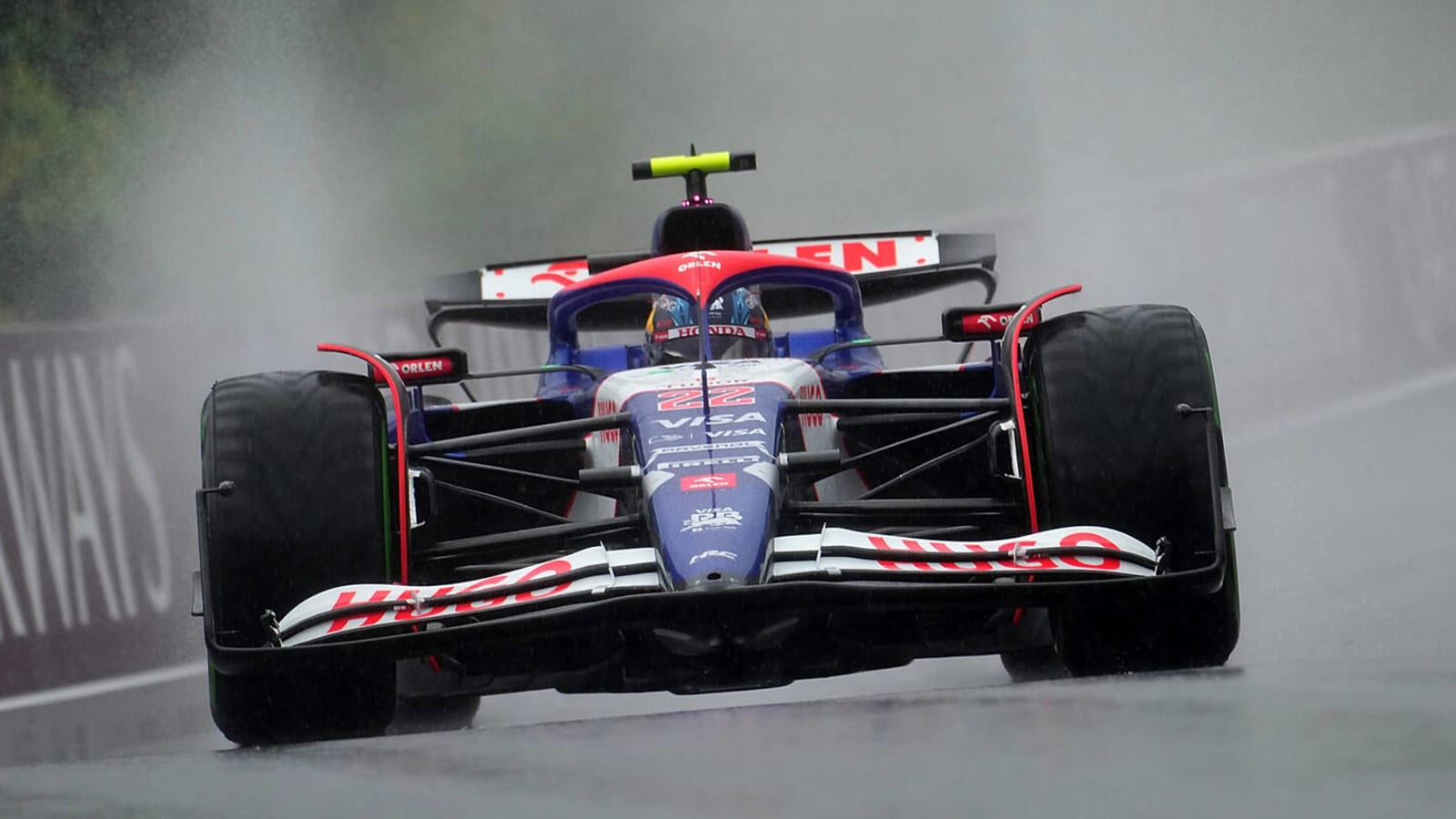
The hidden truth behind F1's decision about Spa's Belgian Grand Prix
Belgium’s Spa-Francorchamps circuit, the home of the Belgian Grand Prix, is one of Formula One’s iconic stops. While Monaco is F1’s most iconic street track, Spa is easily F1’s most iconic racetrack. It's a purpose-built 4.3-mile loop featuring some of the more dangerous and awe-inspiring racing sectors on Earth. Spa is to F1 what Laguna Seca is to IndyCar or Daytona is to NASCAR.
This week, after months of speculation, F1 president Stefano Domenicali announced that Spa would remain on the F1 calendar through the 2027 season. The news was delivered in celebratory terms.
“The Belgian Grand Prix was one of the races that made up our maiden championship in 1950, so as we kick off our 75th anniversary year, it is fitting that we can share the news of this important extension,” Domenicali said, per The Guardian.
Hidden behind Domenicali’s lavish praise was a darker truth: that from 2027 onward, Spa would drop off the F1 calendar every other year.
Spa-Francorchamps axed from F1 Grand Prix schedule in 2028 and 2030
— The Guardian (@theguardian.com) January 8, 2025 at 3:01 AM
[image or embed]
Alternate-year calendar agreements like this one are clear signs that a racetrack will soon be eliminated from F1 altogether. Germany’s Hockenheim disappeared after signing a similar deal through 2014. But why would F1 be interested in dropping one of its more celebrated Grand Prix venues? And why would it hide its intention behind a news release full of praise?
The answer, as it usually is in F1, is money.
Racetracks don’t just turn up on the F1 calendar: They pay tens of millions of dollars per year for the privilege. The fee isn’t flat, though, and different cities pay different amounts of money to keep F1’s attention.
Ever wonder why there’s a street race in Baku, Azerbaijan despite the city barely registering for most global F1 fans? High fees are the answer: Baku pays upwards of $55M per year to bring F1 to its historic downtown. Saudi Arabia pays a similar figure to bring F1 to the streets of Jeddah.
Those twin $55M annual fees are the highest in F1. Spa, by contrast, can afford just $22M. Its location deep in Belgium’s remote Ardennes region means it’s not exactly a commercial or financial hub.
By alternating Spa — and probably removing it from the calendar entirely — F1 intends to use its spot to rake in more cash from richer locales. The current front-runner to backfill Spa? Madrid, a city willing to pay F1 $52M per year for the privilege.
F1 is coming to Madrid in 2026! #F1 @IFEMA pic.twitter.com/QkvpE02WNQ
— Formula 1 (@F1) January 23, 2024
The demise of Spa speaks to F1’s continued loss of traditional racing circuits in favor of moneyed street tracks. Downtown circuits like Baku and Jeddah aren’t known for their racing value. If anything, they’re known for their lack of safety.
Eliminating Spa — one of F1’s more beloved traditional tracks and one cited by drivers Kevin Magnussen, Pierre Gasly and Max Verstappen as their favorite — further removes the sport from its racecraft-driven beginnings and pushes it toward an even more money-driven future.
Spa isn’t the only racetrack under threat. Italy’s Imola pays just $20M per year; it’s expected to be dropped by 2026. Spain’s beloved Circuit de Catalunya pays $25M and may disappear thanks to the arrival of Madrid.
Monaco, the lowest-paying circuit on the F1 calendar, is thankfully protected until 2031, but it faced significant challenges getting that extension over the line and may not last in F1 beyond that date. If Spa isn’t sacred in the eyes of F1, it’s hard to see Monaco being sacred either.
The 2025 F1 season will begin in Melbourne, Australia on March 16 and return to Spa on July 27. Make sure to tune in — it will be the 70th running of the Belgian Grand Prix and likely one of the very last.
More must-reads:
- Ranking the top five driver lineups for the 2025 F1 season
- How George Russell Became an F2 Champion
- The 'Multiple TD passes in an NFL debut' quiz
Breaking News
Trending News
Customize Your Newsletter
 +
+
Get the latest news and rumors, customized to your favorite sports and teams. Emailed daily. Always free!








